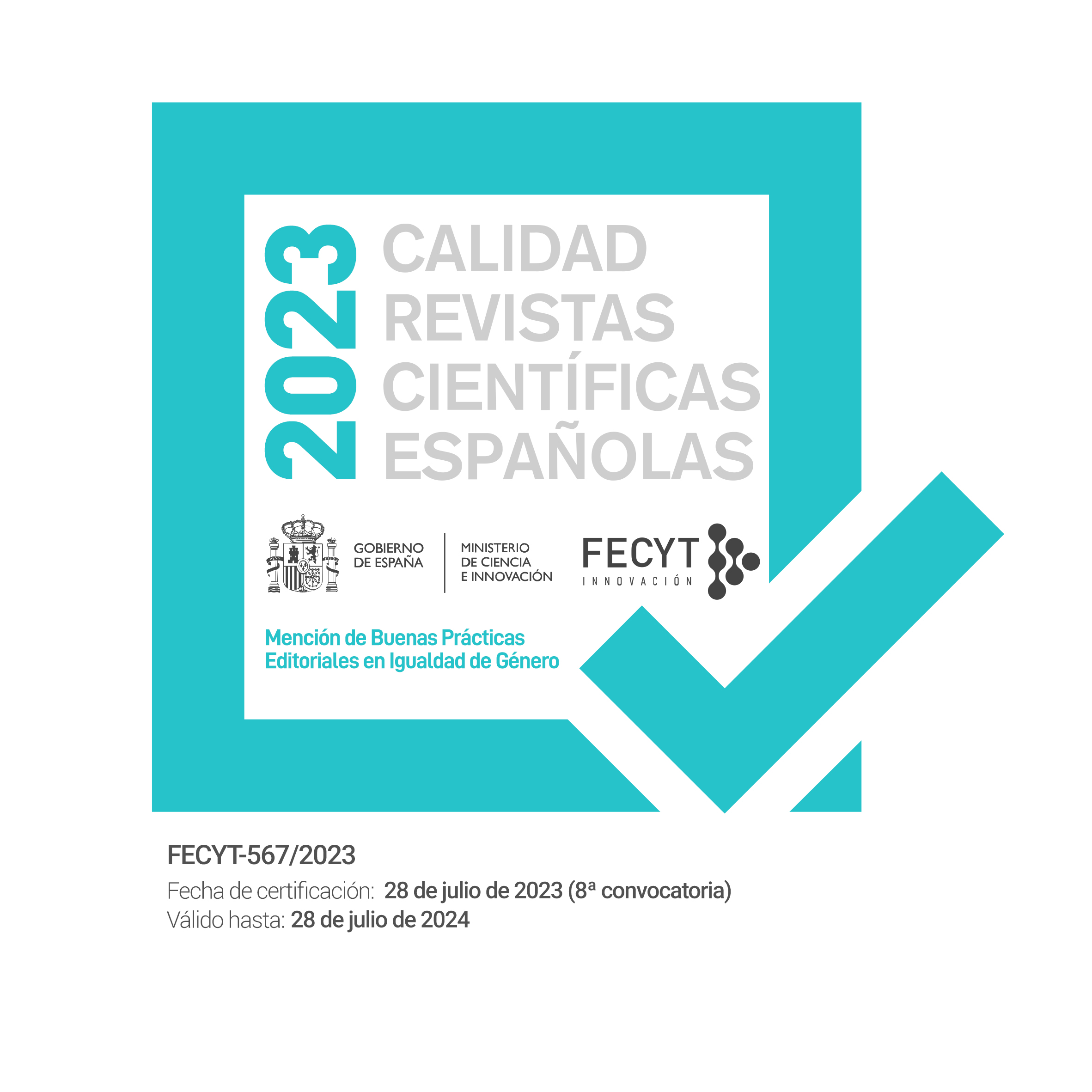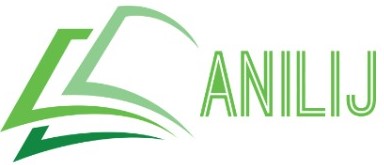Fictitious and universal books: the intertextuality as a dialogue
Keywords:
transtextuality, picture book, architexts, relation between art and literatureAbstract
Modern children's literature often involves the topic of literature itself, books and the act of readino.
Sometimes ¡llustrations even depict the characters reading books whose author or title cannot be discerned: these are referred to as "architexts” or "undefined books”, whose mysterious nature force the "real" reader to hypothesise, often in connection with the meaning of the whole hypertext.
These representations could play a crucial role in the promotion of reading and artistic receptiveness, by means of the identification of the reader with the literary work and the activation of intertextual knowledge and skills related with (especially children's) literary tradition and the Arts: painting, sculpture, film, comic, illustration. The present study is an approach to the analysis of these "depicted”, “undefined”, wordless books that characters have in their hands, of which, often enough, one can nonetheless identify the genre and emotional tone, among other characteristics.
Given their peculiarities, these "fictitious” books, "written" in the universal language of illustration, have crossed language and cultural borders. We take the dialogic condition of all transtextual relation to make an approach to these motives.
Downloads
Downloads
Published
Issue
Section
License
Anuario de Investigación en Literatura Infantil y Juvenil has been published in open access from 2019 (vol. 17). The journal allows the authors to retain publishing rights. Authors may reprint their articles in other media without having to request authorization, provided they indicate that the article was originally published in Anuario de Investigación en Literatura Infantil y Juvenil. The journal holds the copyright of printed issues (volumes 0-16).





